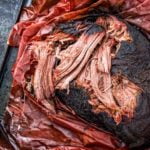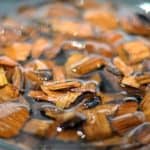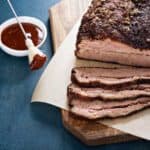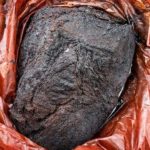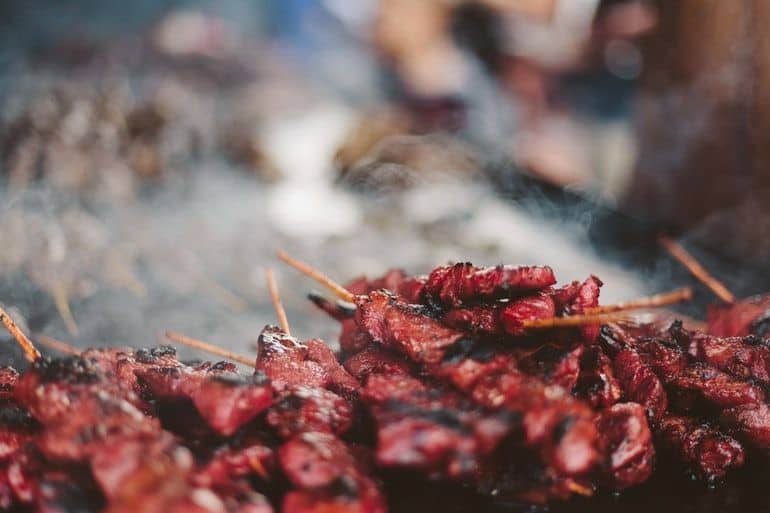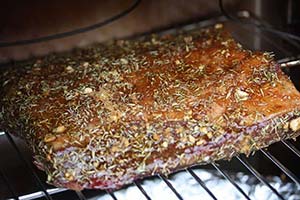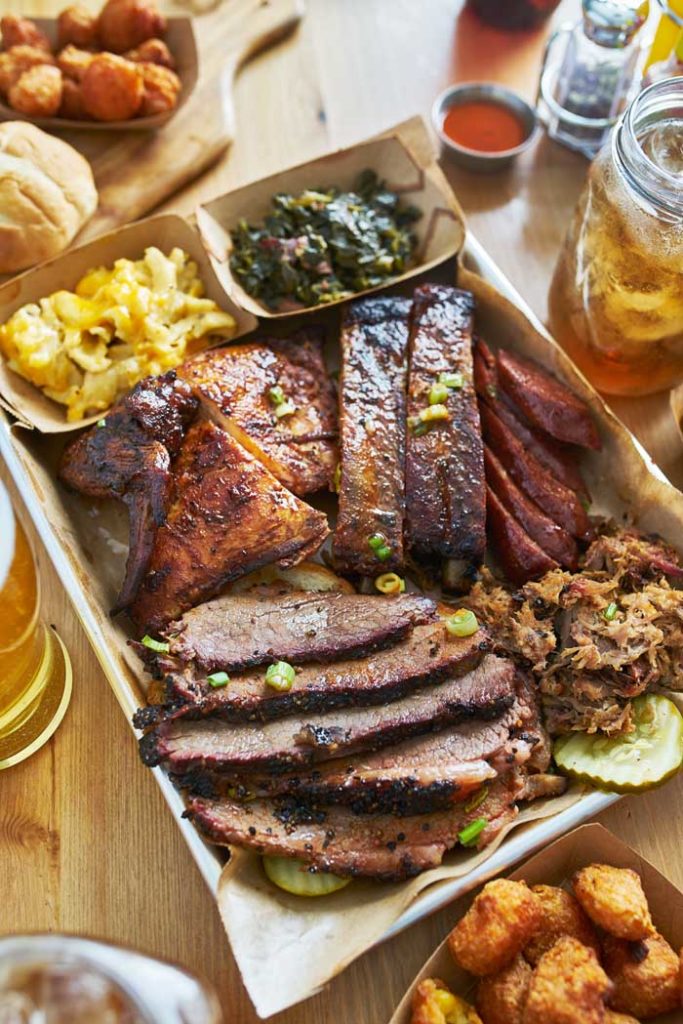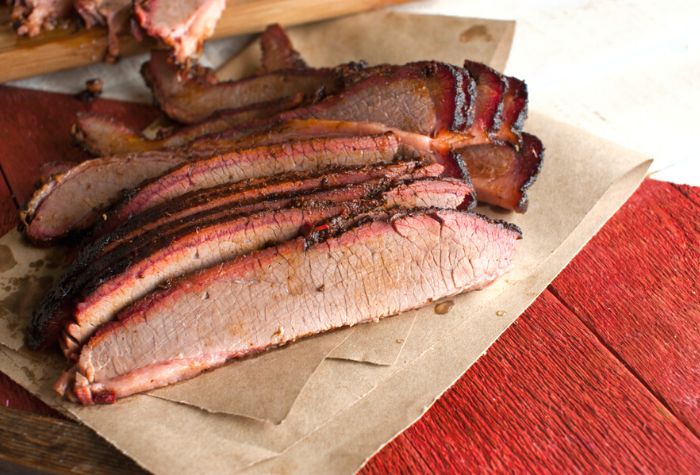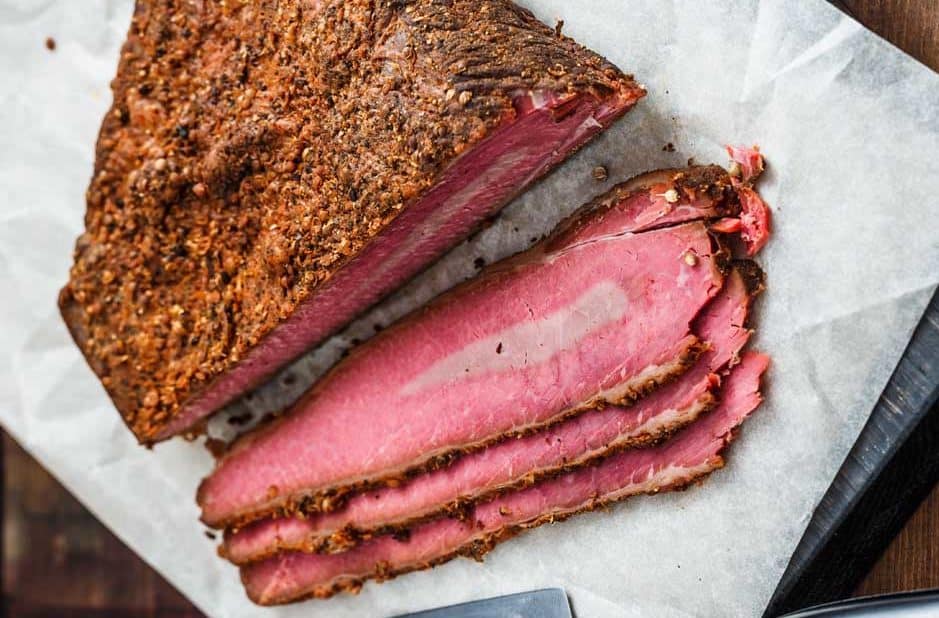Avoid these common brisket mistakes for perfect melt-in-your-mouth tender smoked brisket
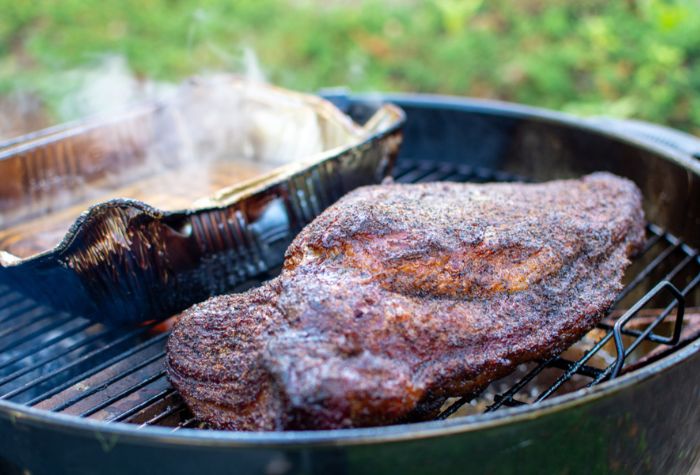
Everyone loves a juicy beef brisket with the perfect bark, but mastering smoking one from scratch is a whole different ball game.
We’ve all made mistakes, and I’m no different. These are some of the biggest mistakes I’ve made with smoking brisket and how to avoid them, to help you smoke the perfect brisket every time.
Brisket Choice

Not all briskets are created equal. And if you want great results, you need to start with great meat. When you’re choosing a brisket to smoke, tenderness is important to look for. One way to do this is to hold each cut at one end and watch for it to bend or flop. A brisket with a bit of bend is going to be much more tender than one that feels stiff.
Just like when you’re choosing a steak, when you’re selecting a brisket, marbling is a good thing. This is the intramuscular fat that runs through the muscle fibers. When this renders down during the smoking process, this is part of what gives smoked brisket its incredible flavor and tender texture.
In general, the more marbling a brisket has, the better the results will be fresh off the smoker. Thankfully, the introduction of brisket grades has made identifying good-quality brisket much easier. According to the USDA, Prime or Choice grade brisket tends to have the most marbling, while Select or Standard grade tends to have the least.
It’s also helpful to look for a cut with a thick (but uniform) flat. A thin flat is more likely to dry out, and a flat with a lot of variation in thickness will be almost impossible to cook evenly.
Poor Meat Prep
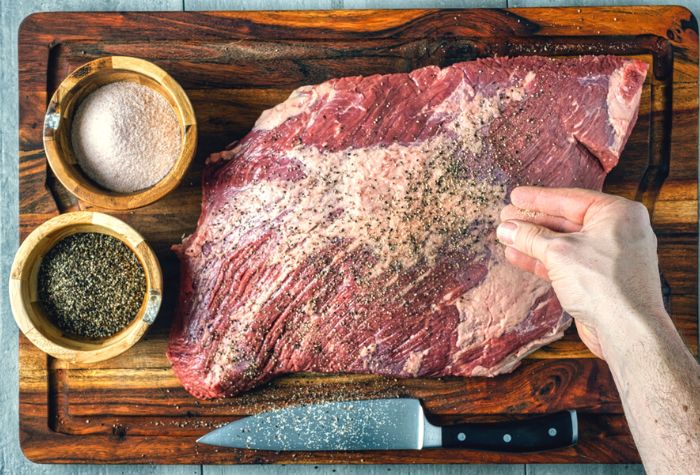
When talking about cooking brisket, lots of people focus on the time the meat spends on the smoker. However, if you don’t do a good job of preparing the meat, you might be doomed even before the brisket hits the grill. Below are some general guidelines to help you ensure your brisket is perfectly prepped.
Trimming
Briskets have a thick fat layer called, appropriately called the fat cap. When you smoke your brisket with the fat side closest to the heat, the cap helps to insulate the meat so it doesn’t burn. But if the fat cap is too thick, the finished brisket will taste greasy and overly fatty. Try to trim the cap so it’s about ¼-inch thick.
Make sure you have a sharp boning knife handy before you start trimming. It also may be helpful to know that it’s easier to trim fat when it’s cold, so your best bet is to trim your brisket right out of the fridge!
Applying the Rub
Many experienced pitmasters have spent countless hours developing their own specialized rubs. But if you’re relatively new to smoking brisket, you don’t need to come up with your own signature mix just yet. Ultimately, you want a barbecue rub to enhance the meat’s natural flavor — not cover it up.
If you want to keep it simple with a Texas-style rub, mix a half cup of salt and a half cup of pepper. (For best results, make sure the pepper is freshly ground.) You also can pick out a store-bought brisket rub or barbecue rub.
Apply your chosen rub to every surface of the brisket. You want the meat to be evenly coated, but you also want to be somewhat conservative. Over-applying the rub is an extremely common mistake, and it’s definitely one you want to avoid: too much rub will cover up that fantastic, smoky meat flavor you’re working so hard to create!
Warming Up
Once you’ve trimmed your brisket and applied your favorite barbecue rub, you’re probably eager to throw it on the smoker. But there’s one more critical step in preparation: let the brisket come to room temperature first.
There are two reasons for this. For one, the rub will get a chance to start absorbing. When the brisket reaches room temperature, the whole cut will have a more even temperature, and the cooking itself will be easier.
Temperatures
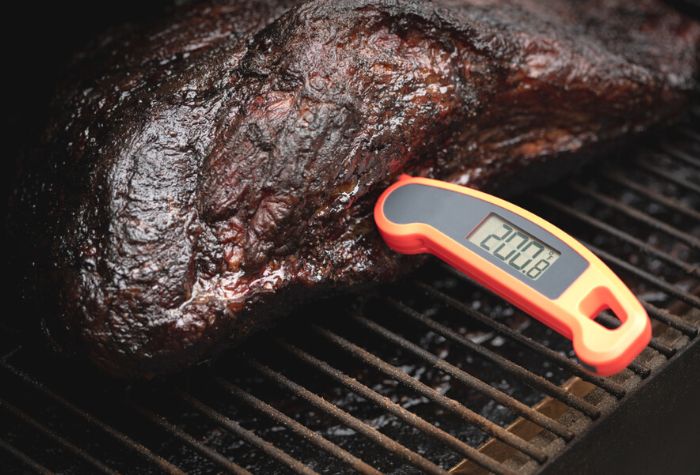
A well-prepared brisket is tender, but this particular cut doesn’t start out that way. Because brisket is such a naturally tough cut of meat, it requires the famous low and slow smoker approach.
You know you need to smoke your brisket over low heat for a long time, but that’s not enough. Too many barbecue beginners don’t pay attention to their smoker’s thermometer. Make sure your smoker stays around 225-250℉ (107-121°C) for the duration of the cook.
You also will want to make sure your brisket reaches the correct internal temperature. This is for food safety reasons, but it’s also essential for taste. Generally, you can take your brisket off the smoker when its internal temperature is 195℉ (90°C) or a little higher, but I find that waiting until it hits 203°F (95°C) yields the best results. At this temperature, your brisket will be outrageously tender without being overcooked.
Clearly, having accurate thermometers for both your smoker and the meat itself is an absolute must for a successful barbecue!
Ignoring Moisture
If you’ve ever had a dry brisket or steak, you know that lack of moisture can quickly ruin any cut of meat. Dry brisket doesn’t have a whole lot of flavor, and eating it can feel like chewing cardboard!
It takes vigilance and (usually) multiple strategies to ensure a wonderfully juicy, moist brisket. From the beginning, keep a water pan in your smoker to help preserve moisture. Many pitmasters also spritz brisket with water, apple cider vinegar, or even hot sauce every 30 minutes to every hour (after the first 2-3 hours of smoking).
Wrapping your brisket in foil or butcher paper is an optional moisture-conserving strategy. Some pitmasters wrap the meat during the brisket stall, or the point at which the brisket’s internal temperature is between 150℉ and 170℉ and starts to slow and seemingly stall (hence the name). At this point, it gets harder to increase the temperature, and the meat starts to get tighter and squeeze out moisture.
Over & Under Smoking
Some new pitmasters try to get as much smoke flavor as possible by cooking the brisket as long as they can. However, you’ll get the best results if you take the meat off the smoker when the internal temperature reaches 195-203℉.
Cooking longer than that will just evaporate more moisture and dry out the meat. Ever over-cooked a steak until there’s no pink inside whatsoever? If so, you have a general sense of what over-smoking brisket is like.
Under-smoking brisket can also result in meat that’s tough and dry. That might seem counterintuitive, but remember that the brisket is a tough cut — it needs to be smoked for hours so the heat can break down the connective tissue.
So how do you determine how long to smoke brisket? The best way to conclusively determine whether your meat is done is by looking at the internal temperature: once it reaches 195-203℉, you can take it off the smoker.
Veteran pitmasters say that a general way to estimate cook time is to allow 60 to 90 minutes for every pound of brisket. Of course, some briskets will be done much sooner, and others might take a little longer.
Barbecue experts can generally tell by the look and feel of the brisket when it’s time to take it off the smoker. Be patient with yourself, as it takes a lot of practice to get to this point!
Frequent Checking & Flipping
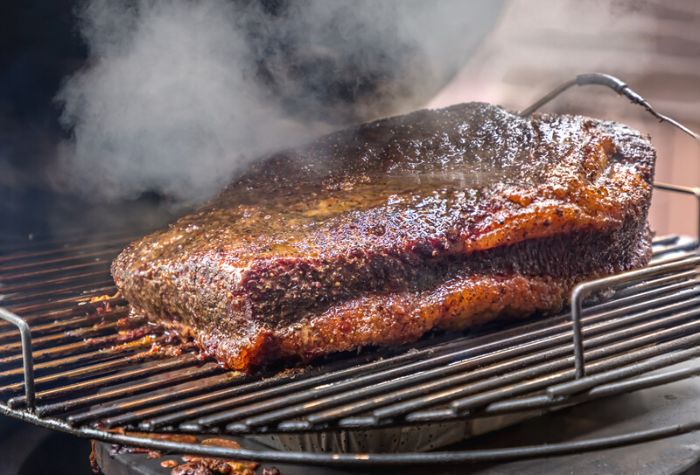
Especially if you’re new to barbecue, it’s tempting to continually check your brisket. But if you can, keep the checking to a minimum. The more you open the smoker, the more heat and smoke you lose. You’ll disrupt the cook, and it will take longer.
Continually flipping your brisket is also an unwise move. Flipping it drops pooled moisture and can result in uneven cooking. It’s easy to get impatient, but trust the process.
Poor Post-Cooking Handling
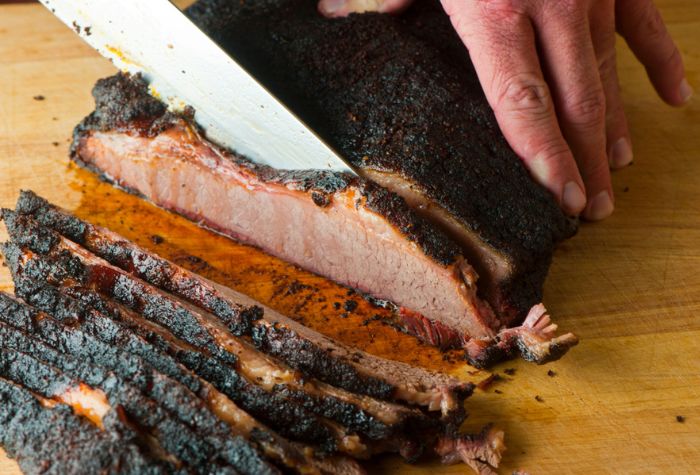
Once your brisket has hit your target temperature and you’ve pulled it from the smoker, resist the urge to slice it right away. If you carve your brisket too early, its water content will spill out, and the meat will carry less flavor and have an uneven mouthfeel.
For a truly great flavor and perfect texture, brisket needs to rest for about one hour. This time will allow the fibers to loosen and reabsorb the beef’s moisture, locking in its flavor and keeping its melt-in-the-mouth texture.
Just as crucial is not just when you slice your brisket, but also how you do it. By slicing against the grain, you can break down the meat’s tougher muscle fibers, helping to make it even more tender.
Start by locating the brisket flat side, working against the grain from there. Once you meet the point side, rotate the brisket 90 degrees in order to keep slicing against the grain.
